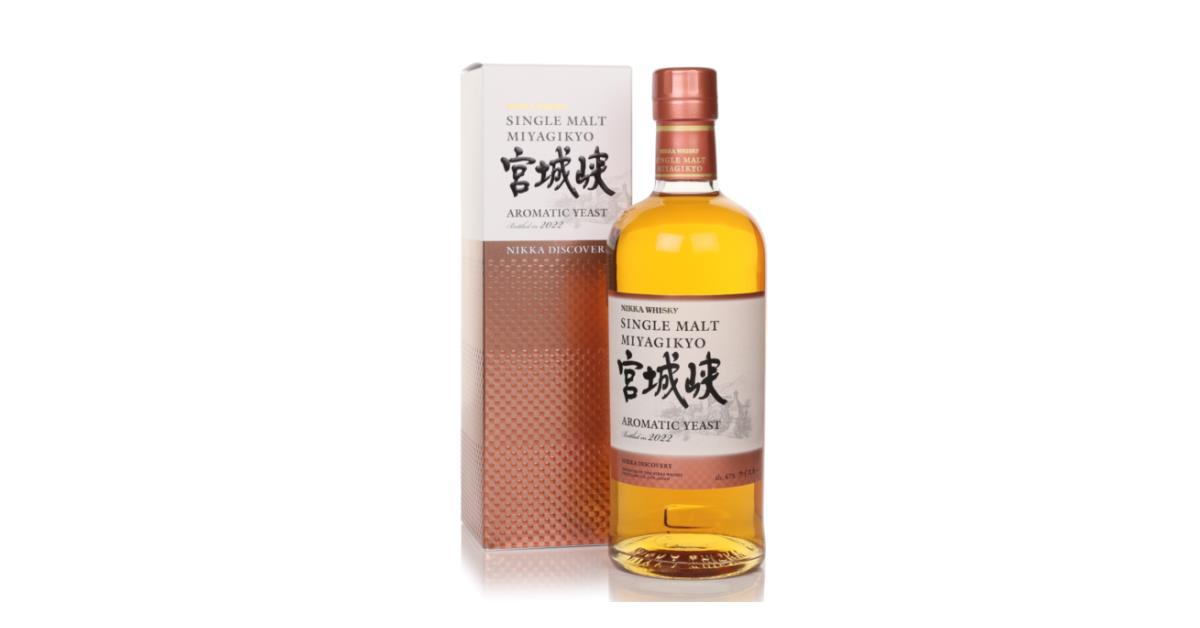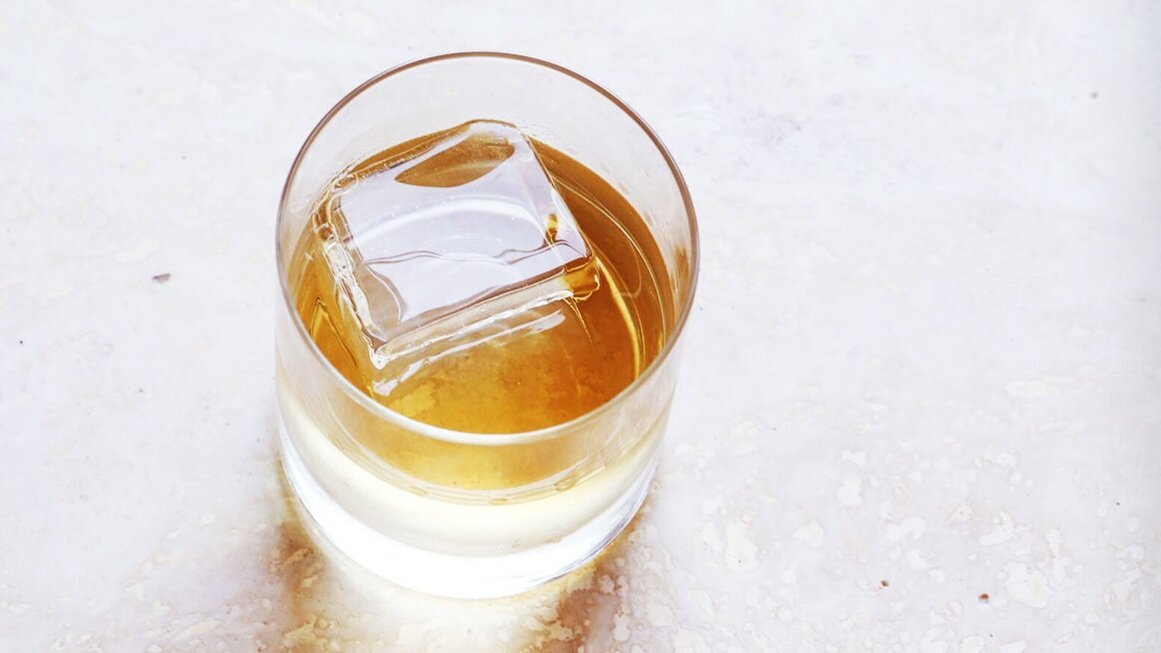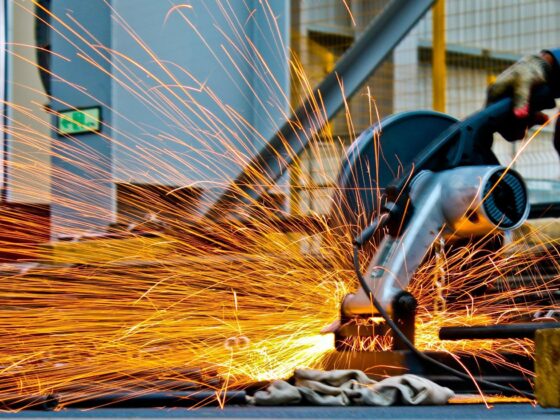The art of distillation has existed for centuries, allowing us to transform grain into a smooth and flavorful spirit. For whisky production in particular, the process begins with fermenting grains such as barley or wheat.
Through careful monitoring and precise techniques, master distillers can turn these ingredients into what we know today as whisky. In this article, we will explore the science behind whisky production from grain to glass, examining how modern technology continues to improve upon centuries-old traditions. Well, discuss the importance of quality control during fermentation and distillation processes while looking at some of the unique flavor profiles that come with different types of whiskies.
Finally, we take a look at how experts use their knowledge and skills to craft truly exceptional spirits worthy of even the most discerning connoisseurs.
Milling and Mashing: Preparing the Grains for Fermentation
Milling and mashing are two essential steps in the whisky-making process. During milling, grains of barley or other cereal grains are crushed into smaller pieces to help extract the starches from inside.
This prepares them for the next step – mashing. Mashing is a process that involves mixing hot water with ground malt, which helps break down complex carbohydrates found within the grain and turn them into simple sugars.
The resulting liquid (known as wort) is then collected and heated again before yeast is added to convert sugar into alcohol during fermentation. These processes – milling, mashing, fermenting – lay the foundation for creating whisky’s unique flavor profile before distillation and aging in oak barrels.
Fermenting and Yeast Selection

The process of fermentation and yeast selection is essential to whisky production. During this stage, the grains are mixed with water and yeast to create a mash.
The type of yeast used will affect the flavor profile of the final product, so distillers need to select their yeasts carefully. After fermentation has taken place, distillers can then move on to the next step in whisky production: distillation.
Yeast selection is also closely related to maturation; different yeasts can enhance or detract from flavors acquired during aging in wooden barrels. Distillers must be mindful when selecting both types of yeast as they play an integral role in making quality whisky that stands out from its competitors.
Aging, Blending, and Bottling
Aging, Blending and Bottling is the final step in whisky production. It’s where all of the hard work of distillation comes to fruition. Aging provides a distinct flavor profile for each whisky, as well-aging removes impurities, and adds complexity.
The type of cask used greatly influences the flavors associated with a particular brand of whisky. Furthermore, blending various aged whiskies creates a more balanced and refined dram that allows certain characteristics to shine through while covering up imperfections or deficits in others.
Lastly, bottling seals in all the flavors and aromas so they can be enjoyed at their peak potential by those who love it most – whisky connoisseurs!
Quality Control in Whisky Production

Quality control is an important part of whisky production. The art of distillation requires a great deal of precision and accuracy to ensure that the final product meets its desired specifications.
Every step in the whisky-making process, from grain selection to bottling, must be carefully monitored for quality assurance purposes. During the mashing phase, careful consideration must be taken to make sure only high-quality ingredients are used and that all equipment is functioning correctly.
Fermentation also needs to be closely watched so that yeast activity remains consistent throughout. Distillation follows with continuous monitoring by experienced operators who adjust temperature and pressure as necessary for optimal results.
Finally, during the aging and bottling stages, samples are regularly analyzed for chemical compounds such as alcohol content or taste profiles before they are deemed suitable for sale on store shelves. Quality control in whisky production is essential in delivering a superior product with consistent flavor each time it’s made – ensuring customers enjoy their dram every time they take a sip!
Conclusion
Whisky Production is an art and a science, requiring skill and knowledge to craft the perfect dram. From grain to glass, distillation is a meticulous process that can take years of work to master.
Each distillery has its unique methods for producing whisky, from the type of grains used in fermentation to bottling and aging techniques. The result may be different every time but it’s this continuous experimentation that leads to consistently delicious whiskies with their own individual character and flavor profiles – something we can all toast!



